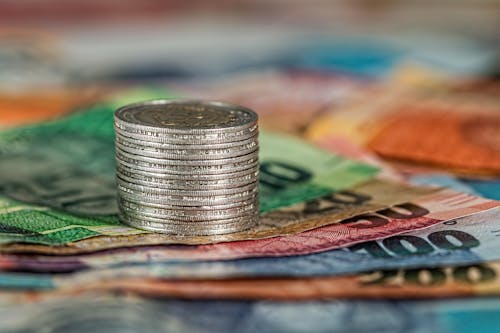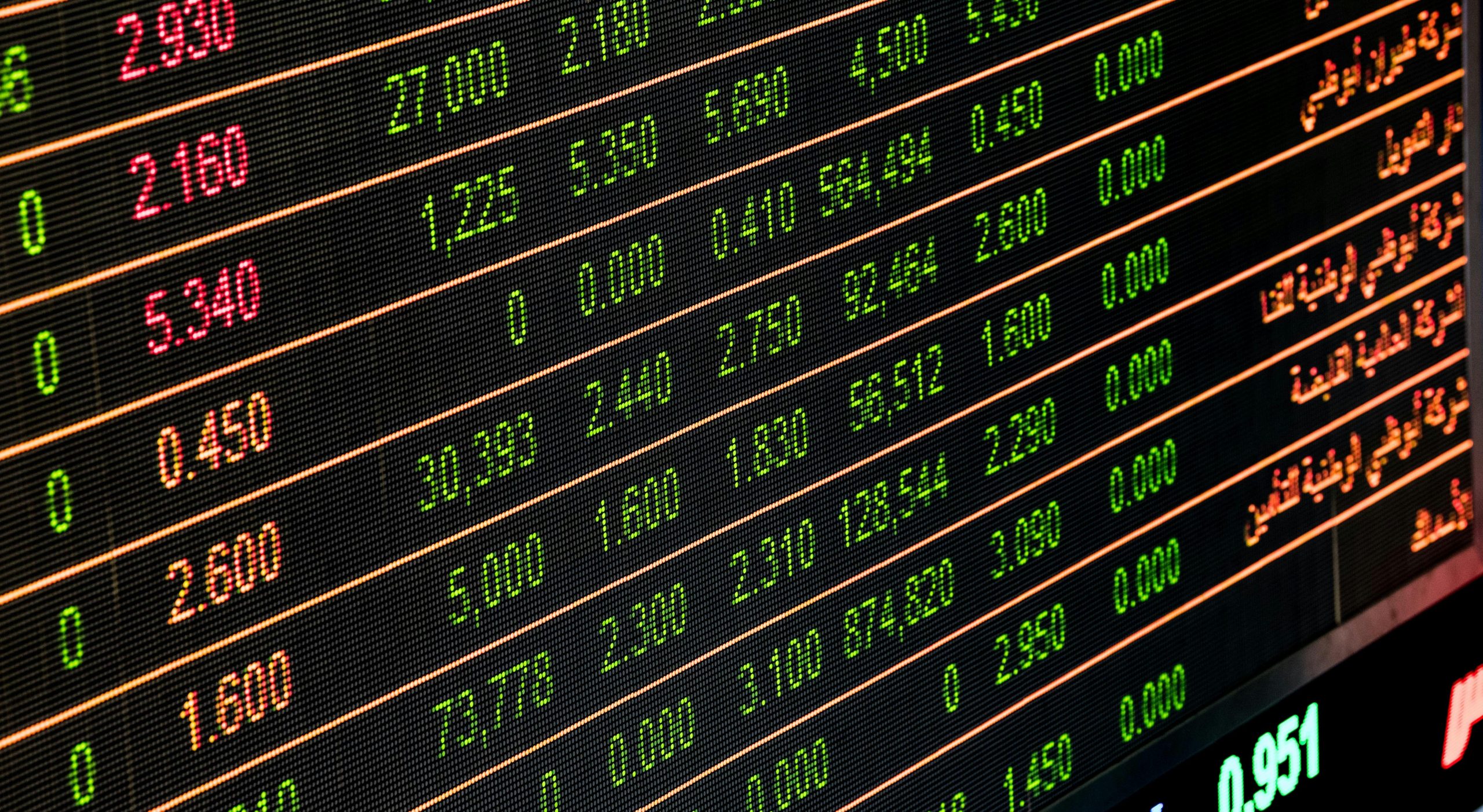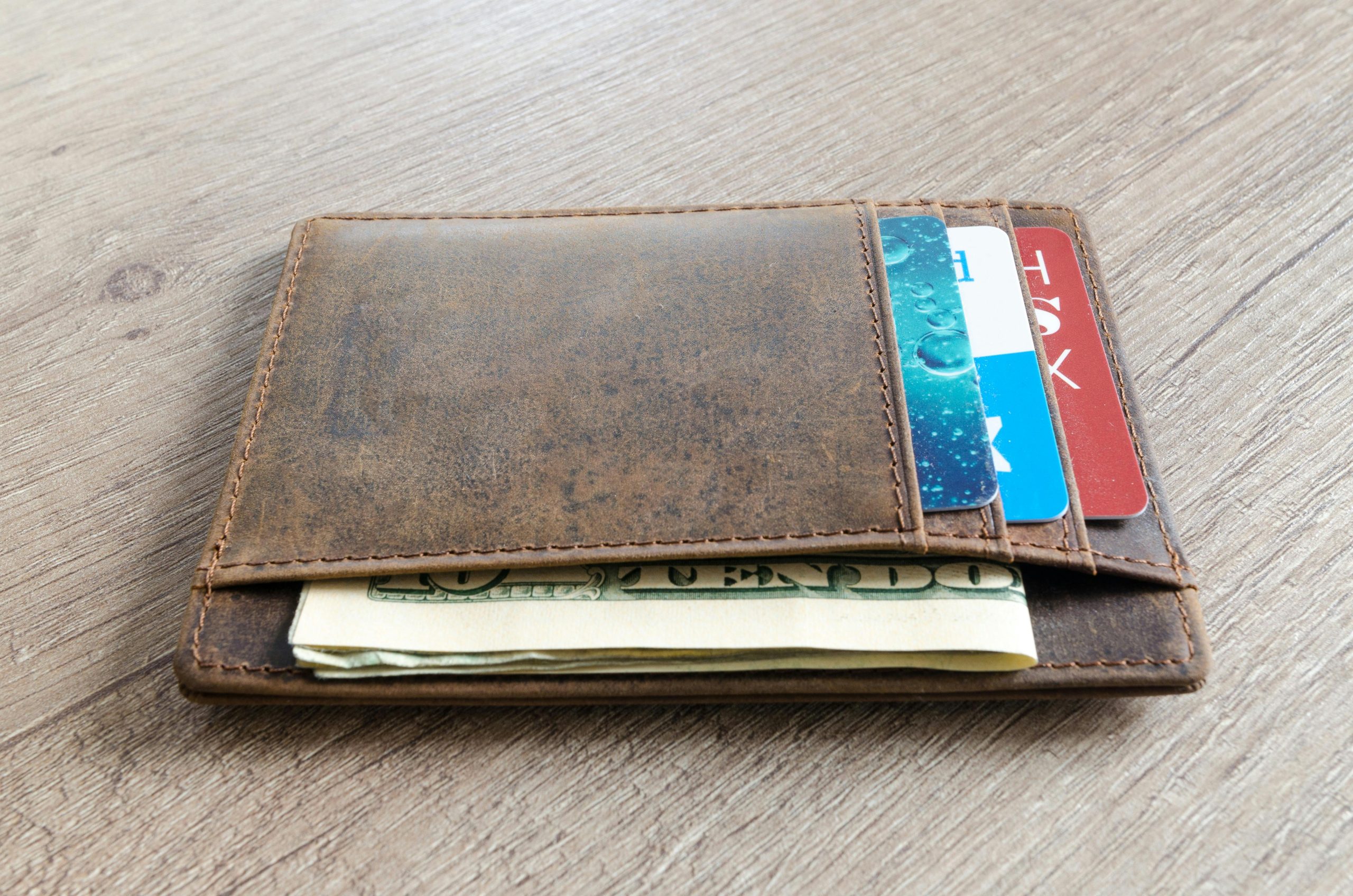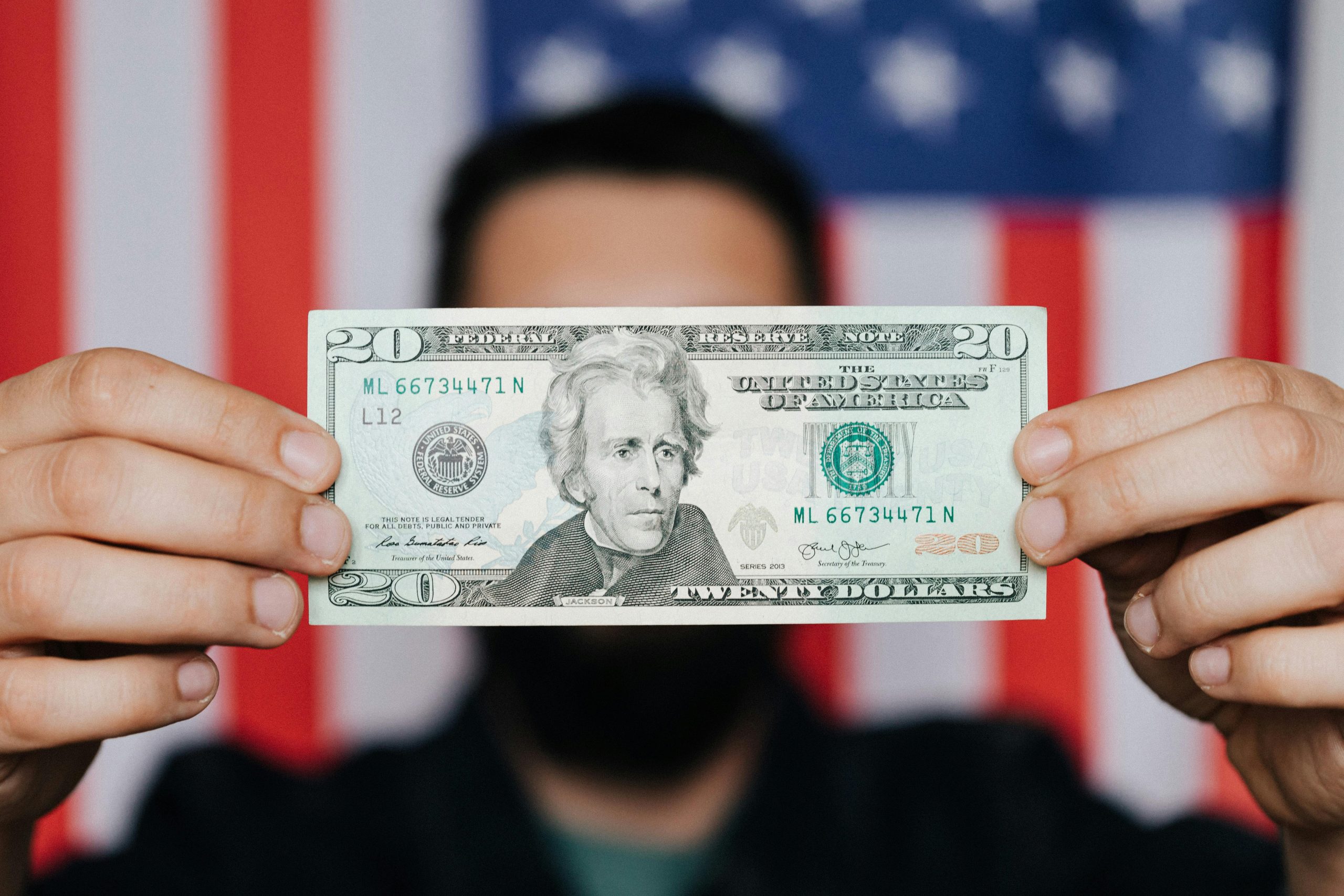A Sudden Shift in the Economic Engine
When an economy begins to shrink, it’s rarely a slow burn. Most recessions begin with warning signs that go unheeded—then arrive with a jolt. Falling consumer spending, declining industrial output, and rising unemployment often mark the beginning of the downturn. But beneath the surface, the effects are more intricate and deeply woven into the social fabric than most realize.
Economic contractions aren’t just about GDP charts pointing down. They alter how people live, how governments respond, and how societies adapt under pressure. To understand the full picture, looking back at past recessions reveals what to expect and how to navigate the storm when it returns.

Job Losses and Shifts in the Labor Market
One of the most immediate and visible impacts of a shrinking economy is the loss of jobs. During the 2008 global financial crisis, for example, millions of workers across industries were laid off in just a matter of months. Construction and manufacturing were hit especially hard, followed by white-collar professions once the ripples reached banks, law firms, and tech companies.
But recessions don’t just erase jobs—they reshape them. Employers look for ways to cut costs and increase efficiency. Temporary contracts rise. Gig work surges. And automation often takes a leap forward as companies seek alternatives to human labor. After the 2020 pandemic-driven downturn, remote work became not just a temporary fix but a lasting trend.
Consumer Behavior Contracts with the Economy
When uncertainty looms, people close their wallets. Consumer confidence usually plummets in the early stages of a recession, triggering a feedback loop. Less spending leads to lower business revenues, which leads to more layoffs, feeding the cycle.
Luxury items, travel, dining out, and major purchases like homes and cars often see the sharpest declines. Instead, households shift to essential goods, bulk buying, and private labels. This change in behavior often persists even after the economy recovers—once consumers learn to live with less, they tend to maintain more cautious spending habits.
Government Intervention: Rescue or Rebuild?
Governments tend to respond quickly during recessions, but the nature and effectiveness of those responses vary. Fiscal stimulus, interest rate cuts, and expanded unemployment benefits are standard tools. The New Deal during the Great Depression remains a powerful example of state-led economic revival, with programs that reshaped infrastructure, labor laws, and social welfare systems.
More recent interventions—like the massive spending packages rolled out during the COVID-19 pandemic—provided cash payments, business support, and emergency loans. These helped to stabilize economies, though not without consequences like higher public debt and fears of inflation.
Some governments use recessions to push structural reforms: digital transformation, labor flexibility, or energy transition. Others simply focus on plugging holes until better times return.
Inequality Often Widens
Though recessions impact entire economies, their weight doesn’t fall equally. Low-income workers, especially those in precarious or service-based jobs, often bear the brunt of economic shrinkage. Wealthier individuals tend to have financial cushions, diversified assets, and access to capital, allowing them to ride out or even benefit from downturns by buying up devalued assets.

After the 2008 crisis, inequality increased in many countries, with the recovery heavily skewed toward the top earners. Asset prices rebounded long before wages did. This pattern repeated in the early 2020s, where stock markets surged despite high unemployment in many sectors.
Social and Political Tensions Rise
As jobs disappear and inequality rises, public frustration grows. Economic shrinkage tends to fuel populist movements, distrust in institutions, and political polarization. Recessions have historically been followed by shifts in public sentiment—both to the left and the right.
From the labor uprisings of the 1930s to the post-2008 Occupy and Tea Party movements, contractions expose fault lines in society. When people feel that the economic system no longer works for them, they push for change—sometimes reformist, sometimes radical.
Business Failures and Industry Shakeouts
Not all businesses survive a shrinking economy. Weak balance sheets, declining demand, and tight credit conditions combine to force many companies out of the market. This can be especially brutal for small businesses, which often lack the reserves to weather prolonged downturns.
However, not all closures are signs of failure. Recessions tend to accelerate transitions already underway. Traditional retail gave way to e-commerce more rapidly after the Great Recession. Likewise, the 2020 downturn hastened the collapse of in-person services and boosted digital platforms.
Industries evolve in the aftermath—leaner, more tech-driven, and sometimes more concentrated in the hands of a few dominant players.
Housing, Real Estate, and the Confidence Game
Real estate markets often reflect both the cause and the effect of economic shrinkage. A collapse in housing prices was a central cause of the 2008 crisis. Falling property values can destroy household wealth, reduce consumption, and cripple financial institutions holding bad debt.
Even when housing isn’t the trigger, it usually suffers. Construction slows, home sales drop, and landlords face more vacancies. But as prices fall, opportunities also emerge—especially for first-time buyers, investors, or developers willing to wait for the rebound.
The Long Climb Back
Recovering from a shrinking economy takes time. Some recessions are short-lived with a sharp rebound, especially when caused by temporary shocks. Others, like the Great Depression or the post-2008 period in Southern Europe, take a decade or more to heal.
What matters most in recovery is not just how fast GDP bounces back, but whether jobs return, wages rise, and inequality narrows. A recovery that lifts the stock market while leaving workers behind may technically end a recession, but it doesn’t mend the social scars it caused.
Lessons from the Past
History shows that economic shrinkage is painful but not permanent. Every recession reveals weaknesses in existing systems—financial excess, regulatory gaps, unsustainable debt, or unbalanced trade. And each one provides a moment for reflection and redesign.
Whether it leads to positive change depends on the choices made during and after the crisis. Do governments invest in education, technology, and infrastructure? Do businesses rethink models rather than simply cut costs? Do societies learn to value resilience over growth at any cost?
The past offers no single blueprint, but it does offer warning signs and opportunities. What happens when an economy shrinks is not just a story of loss—it’s a test of adaptability, leadership, and vision for what comes next.





